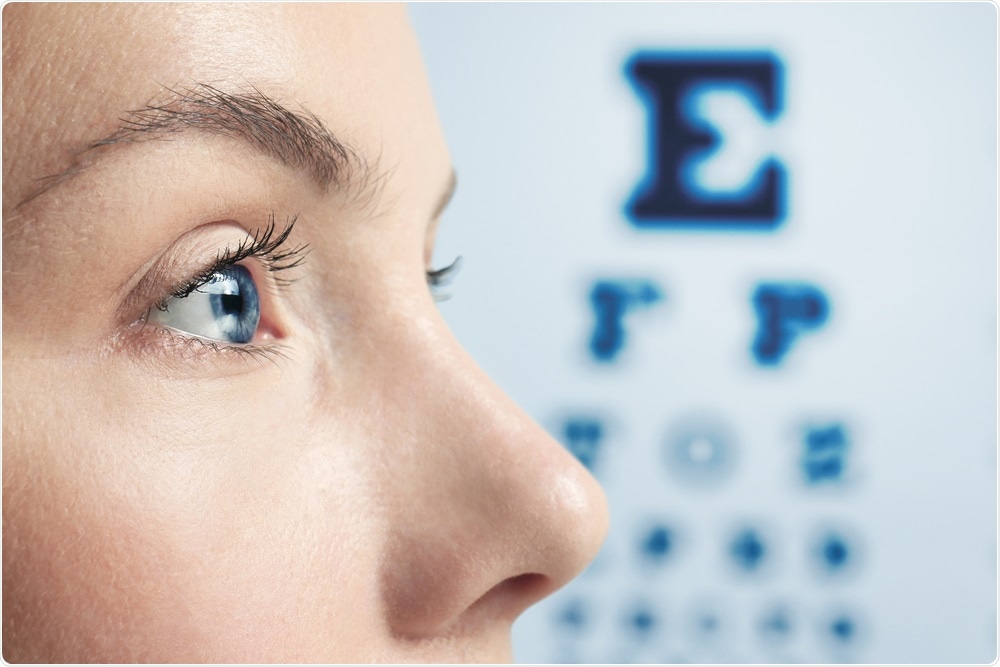Scientists have developed an ultrathin artificial retina that could provide a superior alternative to the visual implants currently available to the blind.

Image Credit: Africa Studio / Shutterstock
It is hoped that the device, which will be described today at the 256th National Meeting & Exposition of the American Chemical Society (ACS), could one day enable the millions of people with retinal disease to regain their sight. Furthermore, the implant could be used to monitor activity in the brain and heart.
Researcher Nanshu Lu from the University of Texas at Austin says this is the first demonstration showing that 2D materials such as graphene and molybdenum disulphide can be used to create an artificial retina.
Although this research is still in its infancy, it is a very exciting starting point for the use of these materials to restore vision.”
Nanshu Lu, University of Texas at Austin
In the retina, photoreceptors called rods and cones convert light into nerve impulses that reach the brain via the optic nerve and are translated into visual images.
Retinal diseases such as macular degeneration or retinitis pigmentosa can damage this retinal tissue, which can lead to vision loss.
Many retinal diseases cannot be cured, but silicon-based retinal implants have enabled some people to partly regain their vision.
However, these devices are rigid and fragile, meaning they do not properly mimic the retina’s natural curvature and they often produce blurred or distorted images. They can also strain and damage surrounding tissue in the eye.
Now, Lu and her colleague Dae-Hyeong Kim from Seoul National University have used graphene, molybdenum disulphide and thin layers of gold, alumina and silicon nitrate to produce a more flexible and thinner device that better replicates the shape, size and function of the retina, without causing any mechanical disruption.
Upon testing the device in laboratory experiments and animal models, Lu and Kim found that photodetectors on the device absorbed light and passed it through an external circuit board that digitally processed the light, stimulated the retina and obtained impulses from the visual cortex.
The tests showed that the artificial retina successfully replicated the features of the human eye and was biocompatible.
Next, Lu plans to investigate how the technology can be incorporated into electronic tattoos on the surface of the skin to collect health data in real time.
She says that by adding transistors to the tattoos, they can amplify signals from the brain or heart to make them easier to monitor and treat. The implants could also be placed on the heart surface to aid the detection of arrythmias.
They even have the potential to be programmed to behave like pacemakers and generate electrical impulses to correct the arrythmia.